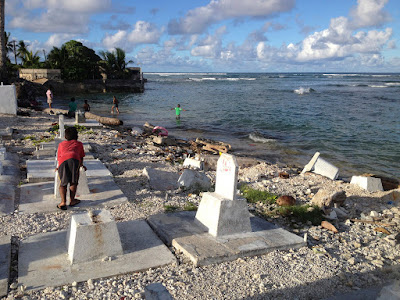Home(is)lands

Este i nuebu na hinekka ginen as Craig Santos Perez yan i asagua-ña si Brandy Nalani McDougall. Anggen ti un fåhan este trabiha, put fabot, yemme' i link gi papa'. Meggai na gefpå'go na tinige' ginen i mantitige' yan manyiyinga' ginen i islan Guåhan yan i islas Hawai'i guini. Banidosu yu' sa' unu na tinige'-hu "Ga'pang's Quest" mana'saosaonao gi este na hinekka. Gof maolek i prisu lokkue', ti gof guaguan. Dosse pesos ha'. ************************* Home(is)lands: New Art and Writing from Guahan and Hawaii, edited by Brandy Nalani McDougall and Craig Santos Perez. Purchase from Amazon here. “Despite the vast distance between Hawaii and Guahan (Guam), these islands and their peoples have experienced similar cultural, historical, ecological, and political struggles. Writers and artists from both places have been engaged in unwriting colonial representations and envisioning decolonial fut



